Indigoidine CAS 2435-59-8
Chemical Name: Indigoidine
CAS No.: 2435-59-8
Molecular Fomula: C10H8N4O4
Molecular weight:?248.19
Appearance:?Blue powder
Assay: ??99%
发送询盘
Description
Indigoidine Quick Details
Chemical Name: Indigoidine
CAS No.: 2435-59-8
Molecular Fomula: C10H8N4O4
Chemical Structure:
Molecular weight:?248.19
Appearance:?Blue powder
Assay: ??99%
Typical Properties
ITEMS
SPECIFICATION
Boiling point
285.6??40.0 ??C(Predicted)
Density
1.637??0.06 g/cm3(Predicted)
Acidity coefficient (pKa)
5.88??0.40(Predicted)
?
Indigoidine?application:
Indigo is mainly used to dye cotton cloth or cotton yarn. Rural dyehouses use fermentation methods to dye homespun cloth, and jeans are mostly made of indigo-dyed warp yarns interwoven with white yarns. Cotton cloth without mercerization dyeing is called woolen blue cloth, which can be continuously dip-dyed with mercerized powder method. Wool and silk can also be dyed, and are used in carpets and handicrafts. Indigo is also used in the production of food dyes and organic pigments. Indigo carmine and bromoindigo are both derivatives of indigo.
Packaging and Shipping?
customized according to customer needs.
Indigoidine?Storage
It should be stored in a clean, dry and cool place, preventing from sunlight, rain.
| 5 |
|
0 |
| 4 |
|
0 |
| 3 |
|
0 |
| 2 |
|
0 |
| 1 |
|
0 |
- 2
- 2-diallylpent-4-en-1-amine
- 4
- 95-16-9
- Ammonium sulfamate
- Benzothiazole
- cas:67889-00-3ح2
- cas:83524-75-8 | pigment black 32
- cas:928836-00-4 | 2
- cas:932745-70-5 | 4
- Chemical Minerals
- Coconut diethanolamide
- Daily Chemicals
- discount
- for sale
- General pvc resin
- hexyl D-glucoside
- in stock
- Lauramidopropyl betaine
- LAURIC ACID MONOETHANOLAMIDE
- Petroleum Additives
- Plasticiser
- Ploymers
- price
- PVC
- quotation
- Raw Materal
- Remove term: Petroleum Additives Petroleum Additive
- SODIUM ETHYL 2-SULFOLAURATE
Related Products
Chemical Name: Mordant Orange 1
CAS No.: 2243-76-7
Molecular Fomula: C13H9N3O5
Molecular weight:?287.23
Appearance:?Orange brown powder
Assay????99.0%
Chemical Name: 3-Hydroxybutyric acid
CAS No.: 625-71-8
Molecular Formula: C4H8O3
Molecular Weight: 104.1
Appearance: White powder
Pigment blue 29, also known as ultramarine blue, is a multi-component inorganic pigment (sulfur-containing sodium aluminosilicate), also known as cloud blue or ocean blue. Ultramarine is insoluble in water and is resistant to alkali, weather resistance and light resistance. However, it changes color when exposed to acid and has weak tinting and hiding power. Pigment blue 29 has a wide range of uses and is commonly used in coatings, plastics, resins, inks, construction, paper, detergents, painting pigments, cosmetics and other industries.
Chemical Name: BASIC BLUE 99
Cas No.: 68123-13-7
Molecular Fomula: C19H20BrClN4O2
Molecular Weight: 451.75
Appearance:?Blue Powder
Chemical Name: o-Xylene
Synonyms: 1,2-Dimethylbenzene; ortho-xylene
CAS No.: 95-47-6
Molecular Formula: C8H10
Molecular Weight: 106.17
Chemical Name: Methyl Green
CAS No.: 82-94-0
Molecular Fomula: C26H33ClN3+
Molecular weight:?423.02
Appearance:?liquid
Assay: ??99.0%
Common English name: 5-iodo-2,3-dihydropyridazin-3-one
CAS No.: 825633-94-1
Molecular formula: C4H3IN2O
Molecular weight: 221.98
Sample: Available
Chemical Name: Basic Red 2
CAS No.:477-73-6
Molecular Fomula: C20H19ClN4
Molecular weight:?350.85
Appearance: solid
Assay: ??99.0%
Chemical Name: Basic Red 9
CAS No.: 569-61-9
Molecular Fomula: C19H17N3.ClH
Molecular weight: 323.82
Appearance: Crystals or brownish red powder with green luster
Assay: ??98.0%
Chemical Name: Potassium Castorate
CAS No.: 8013-05-6
Molecular Formula: C57H107K3O12
Molecular Weight: 1101.74718
Appearance: Yellow Liquid
Molecular Weight:630.64g/mol
Package:50g/100g/250g/500g/1kg/bulk quantity
Worldwide Delivery
Made in China
Fluorescein is a synthetic organic compound that appears as a dark orange/red powder and is slightly soluble in water and alcohol. It is widely used as a fluorescent tracer for many applications.
Fluorescein is a fluorescent group commonly used in microscopes, dye lasers as gain media, forensic and serological detection of potential blood stains, and dye tracing. The maximum absorption wavelength of fluorescein is 494 nm, and the maximum emission wavelength is 521 nm (in water). The main derivatives are fluorescein isothiocyanate (FITC) and 6-FAM phosphorous amide in oligonucleotide synthesis.

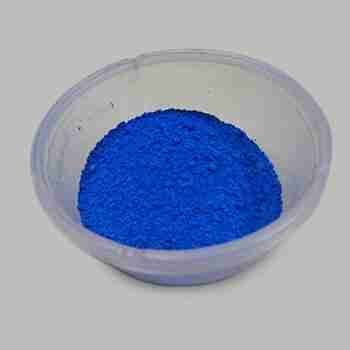
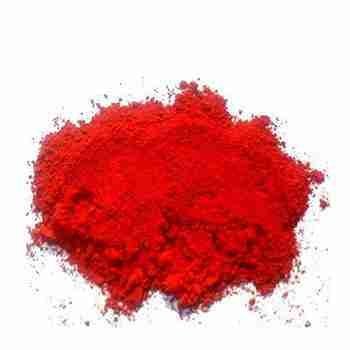

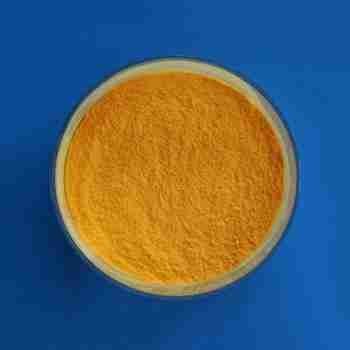

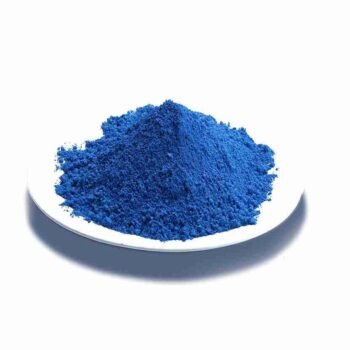




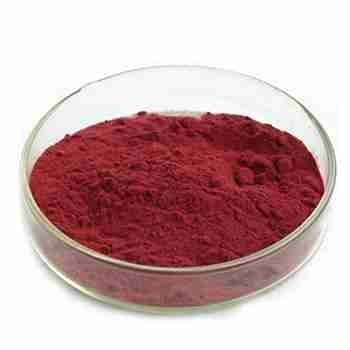








Reviews
There are no reviews yet.